McKeown Medical
167 Bath Street, Glasgow, G2 4SQ
Varicose veins are one of the most common medical conditions in Scotland, affecting up to 20% of the population. They often run in families and, in contrast to common perception, they are equally common in men and women. Our team of experts has a wealth of experience in treating them with the most cutting edge technology – we were one of the first in Scotland to introduce the revolutionary VenaSeal™ procedure. VenaSeal™ is the most up to date method of treating varicose veins that causes less pain and allows you to get back to normal almost immediately, without the hassle of wearing bandages or compression stockings.
Varicose veins are one of the most common medical conditions in Scotland, affecting up to 20% of the population. They often run in families and, in contrast to common perception, they are equally common in men and women. Our team of experts has a wealth of experience in treating them with the most cutting edge technology – we were one of the first in Scotland to introduce the revolutionary VenaSeal™ procedure. VenaSeal™ is the most up to date method of treating varicose veins that causes less pain and allows you to get back to normal almost immediately, without the hassle of wearing bandages or compression stockings.
Dr Alex Vesey is our expert consultant vascular surgeon who heads up our varicose vein team. Listen to him explain the treatment options available to you.
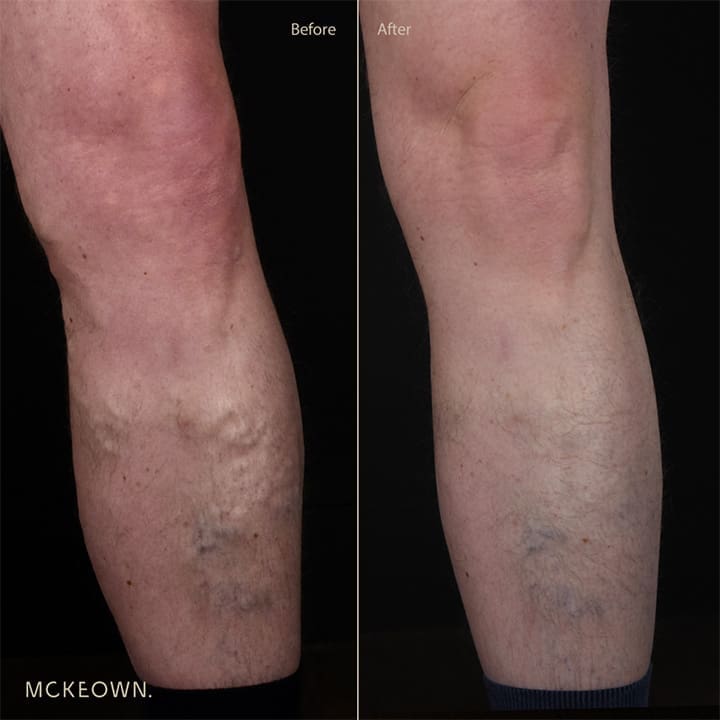
Varicose veins are engorged, twisted veins that usually appear blue or dark purple in colour. They typically occur in the legs and feet and are caused by leaking valves in the veins. Normally, in combination with the calf muscles, the venous valves direct blood flow upward from the legs toward the heart. If they become weak or damaged, they allow blood to reflux down toward the leg and pool in the veins. This causes high pressure in the veins, causing them to stretch and become swollen.
Aside from the unpleasant appearance, varicose veins are often uncomfortable, causing symptoms such as aching, heaviness, itching, or swelling in the legs. Left untreated, they can eventually lead to inflammation, scarring and ulceration of the skin. They are equally common in women and men and can be influenced by factors such as genetics, age, inactivity, pregnancy, cigarette smoking, being overweight and taking the contraceptive pill or hormone replacement therapy.
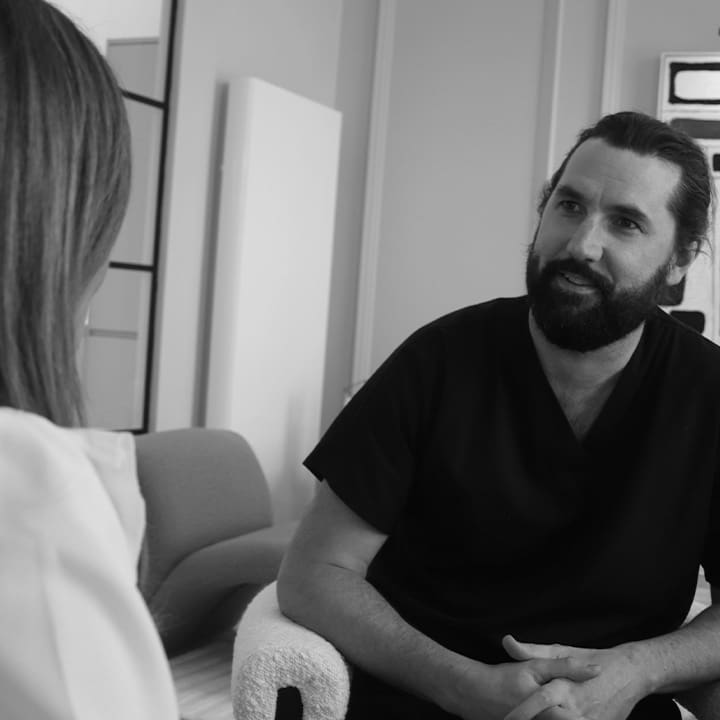
The first step in the process is to undergo a thorough assessment by an expert vascular surgeon. During this assessment, the surgeon will take a detailed medical history and examine your legs. They will then undertake an ultrasound scan of the veins to confirm the diagnosis by checking for pooling of blood in the veins and looking at the direction of blood flow on an advanced type of ultrasound scan known as a triplex scan.
After a thorough assessment of your condition, the surgeon will recommend a course of treatment based on their findings. There is no one size fits all approach – the right treatment will be tailored to your needs.
Most patients will require a combination of treatments, performed over a period of time, to achieve the best results. There is typically one larger initial treatment to get rid of the larger feeding veins, followed by several smaller follow up procedures to finesse the result.
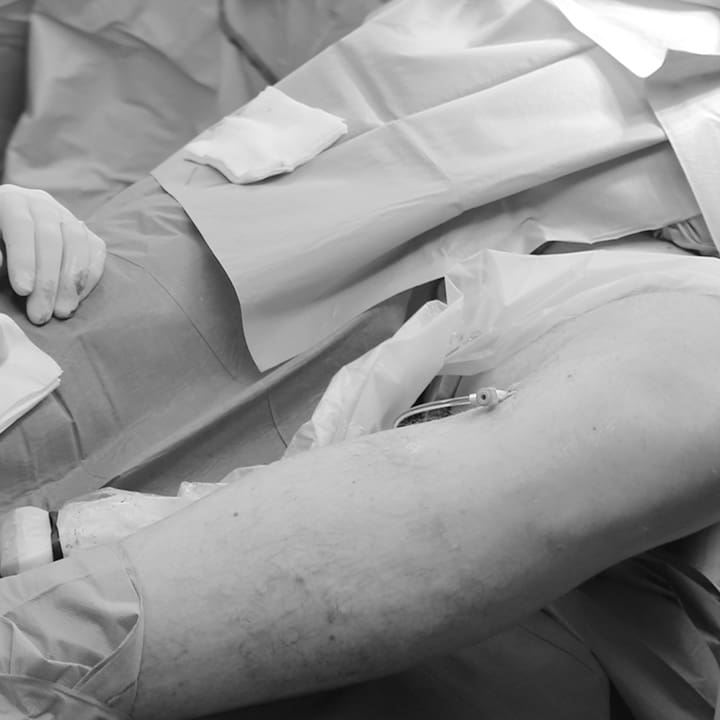
The gold standard treatment option for most patients is a group of techniques referred to as “endovenous”. Traditional open surgery requires general anaesthesia, a significant skin incision as well as “stripping” of the vein; this is more painful and associated with a longer recovery and a higher rate of wound complications. Endovenous treatments are minimally invasive procedures delivered through the needles and catheters and are almost always performed under local anaesthetic. Typically, thermal energy (heat), delivered by a slim catheter, is used to seal off the affected vein, causing it to collapse and eventually be absorbed by the body. The newer VenaSeal™ procedure avoids the use of heat, instead using a special type of glue to seal of the vein.
Radiofrequency Ablation (RFA) involves the use of radiofrequency energy delivered through a catheter inserted into the vein. The catheter heats the vein wall, causing it to collapse and close off.
RFA has advantages over traditional vein stripping surgery, such as being less invasive, requiring minimal recovery time, and producing good outcomes. RFA causes less pain and fewer complications than its main competitor: endovenous laser ablation (EVLA) which is why we use it in our practice.
There is however a newer endothelial method of sealing large varicose veins, known as the VenaSeal™ procedure, which uses glue – rather than heat – to seal off the vein. We are one of the first private vascular surgery services in Scotland to introduce this procedure. Because there is no ‘burning’, this procedure requires less local anaesthetic injections, causes less bruising and swelling and most patients don’t even need to wear compression stockings following the treatment. It is therefore likely to become the new gold standard method over the coming years.
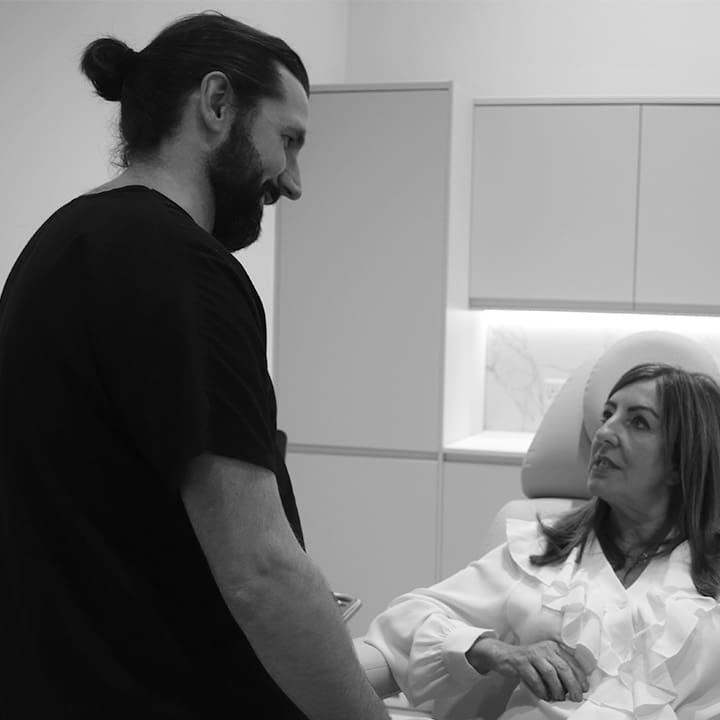
Prior to the development of the endovenous methods, surgical ligation and stripping of the vein was the gold standard method for treating varicose veins. It’s an invasive procedure that requires general anaesthesia and an incision in the groin to tie off the main problem vein followed by smaller ‘stab’ incisions down the leg to physically remove the branches of the vein. For some patients, this remains the best treatment option available to them. Fortunately, only around 5% of varicose vein patients still need this type of surgery – the vast majority of patients are suitable for the endovenous options. This is why the initial consultation and ultrasound scan assessment are so important to make sure you get the right treatment for your own anatomy.
Foam sclerotherapy is a minor procedure that is used to treat varicose veins and spider veins. It can be done alone or in addition to RFA or VenaSeal™. It involves injecting a special foam solution into the affected vein, causing it to seal off and eventually be absorbed by the body. It can be used to treat larger varicose veins, although when using foam to treat large veins it is associated with a higher risk of complications, which is why we do not use it for this purpose. Its main use is in treating smaller veins after the larger vessels have first been treated with other methods.
Microphlebectomy is a minimally invasive surgical procedure used to remove varicose veins that are close to the surface of the skin. This procedure is particularly effective for treating medium to large varicose veins that are too prominent for non-invasive treatments like sclerotherapy.
As you’re probably starting to gather, there are a number of treatment options available for treating your varicose veins. We have detailed information pages on each of your options using these links.
Finding the right treatment for you is the most important factor in ensuring that you are on the correct path to achieve the results you desire. Our pre-consultation form helps us to identify your needs and, ultimately, gets you on the right path to achieving your optimal results.
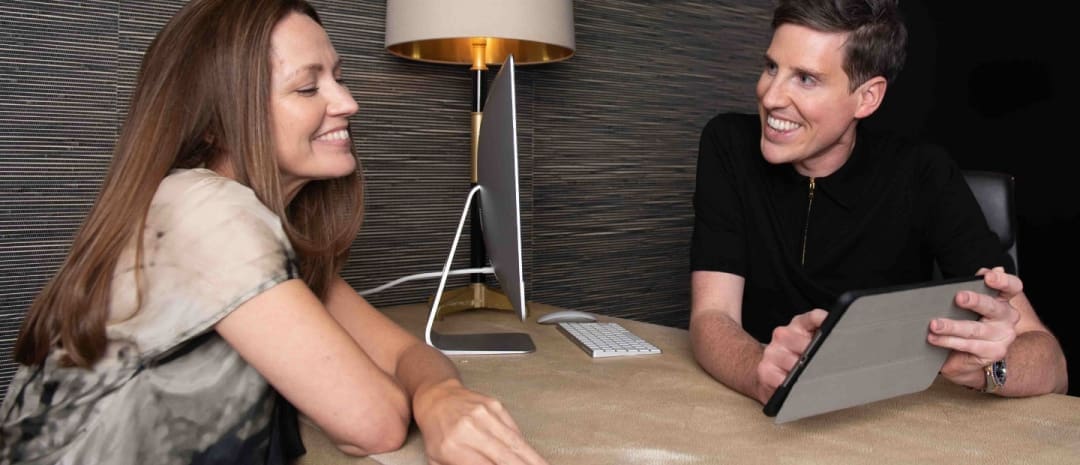
Hear from our patients about their experience at McKeown Medical.
Thank you to Dr Alex and all of the team! From my ultrasound scan to my treatment, I felt completely looked after and at ease all the way through. The procedure was easy and I was able to walk home! Thanks to everyone.
Gary - A McKeown Medical patient October 2024


Our vascular surgery service is led by Dr Alex Vesey. Alex is a highly skilled vascular surgeon with extensive experience in diagnosing and treating a wide range of vascular conditions. With a focus on minimally invasive techniques, Dr. Vesey is dedicated to providing patients with the most advanced and effective treatments for venous diseases, with a particular interest in the treatment of varicose veins.

Our vascular surgery service is led by Dr Alex Vesey. Alex is a highly skilled vascular surgeon with extensive experience in diagnosing and treating a wide range of vascular conditions. With a focus on minimally invasive techniques, Dr. Vesey is dedicated to providing patients with the most advanced and effective treatments for venous diseases, with a particular interest in the treatment of varicose veins.
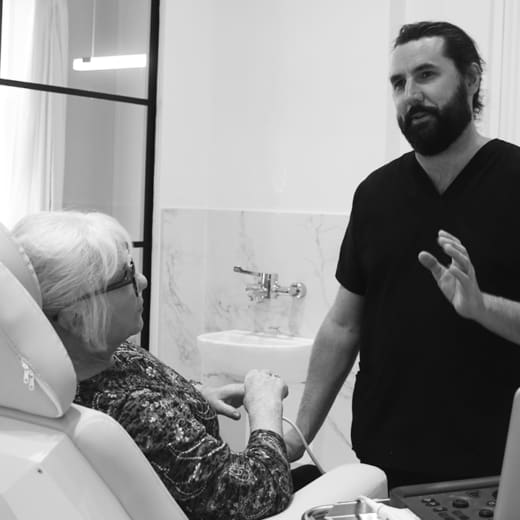
Varicose veins are enlarged, twisted veins that often appear just under the skin, primarily in the legs and feet.

When it comes to treating varicose veins, VenaSeal™ has emerged as a revolutionary option that offers a minimally invasive and...

If you're struggling with the discomfort, swelling, or unsightly appearance of varicose veins, Radiofrequency Ablation (RFA) could be the solution...
1 / 3
2 / 3
3 / 3

Varicose veins are enlarged, twisted veins that often appear just under the skin, primarily in the legs and feet.

When it comes to treating varicose veins, VenaSeal™ has emerged as a revolutionary option that offers a minimally invasive and...

If you're struggling with the discomfort, swelling, or unsightly appearance of varicose veins, Radiofrequency Ablation (RFA) could be the solution...
Keep up to date with the latest news from McKeown Medical and get access to expert insights, our latest before and afters and exclusive offers.

